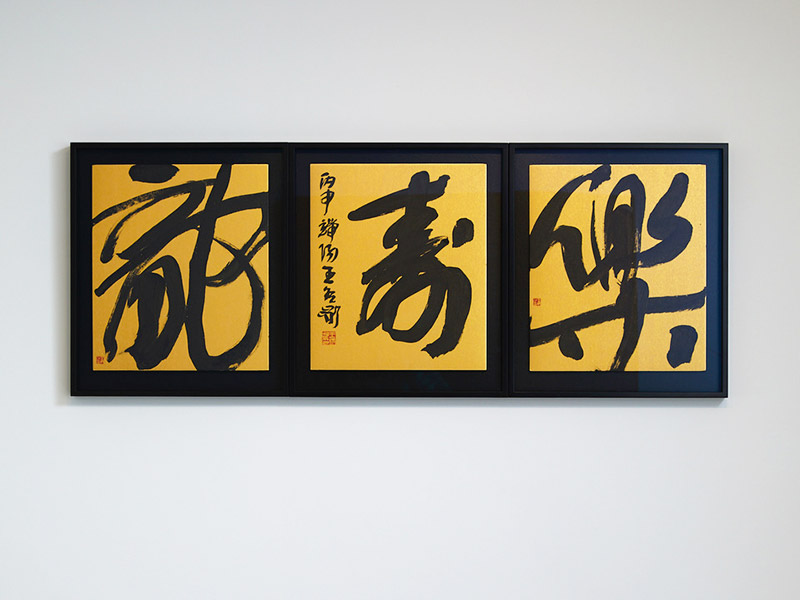
John Hawk Insunrated – Calligraphy is an ancient art form that turns handwriting into a work of art. The art of calligraphy involves creating beautiful and expressive letters using specialized tools. It dates back centuries and has evolved into a modern hobby for many. In today’s world, calligraphy can be found in everything from wedding invitations to personal journals. If you are looking to transform your handwriting into something more artistic, calligraphy is a rewarding pursuit.
Before you dive into calligraphy, it’s important to gather the right tools. Traditional calligraphy uses a nib and ink, while modern calligraphy can be practiced with pens and brushes. To begin, you’ll need a good calligraphy pen or brush, high-quality ink, and paper that can absorb the ink without smudging. Different types of pens are available for beginners, such as fountain pens or brush pens, which are easier to handle than traditional nib pens. It’s also important to choose paper that is smooth but not too slick.
Once you have the necessary tools, it’s time to start practicing the basic strokes. Mastering these strokes is essential for forming beautiful letters. Many calligraphy guides will introduce you to basic shapes such as upstrokes, downstrokes, loops, and curves. These strokes are the building blocks of more complex letters and will help you develop control over your writing.
“Read about: Woodworking for Beginners: Turning Raw Wood into Works of Art”
The next step is learning the alphabet. Every letter in calligraphy is made up of the basic strokes you’ve already practiced. For instance, the letter “A” involves an upstroke and downstroke, while “B” adds a loop. As you practice each letter, focus on consistency. The goal is to make each letter smooth, balanced, and elegant. It can take time to perfect each letter, so don’t rush the process.
There are different styles of calligraphy, such as Copperplate, Gothic, and Modern Calligraphy. Copperplate features flowing, cursive-like letters, while Gothic is more structured with sharp angles. Modern calligraphy allows for more creativity and personal expression, often combining elements of cursive and print. You may experiment with various styles until you find the one that resonates with you the most.
As you progress, it’s important to continue practicing regularly. Repetition helps build muscle memory and improves consistency in your strokes. It’s also useful to practice writing words and phrases. Start with simple words like “hello” or “love,” then move on to more complex phrases as your skills improve.
One useful technique is to trace letters until you are comfortable making them on your own. Many calligraphy books and online resources offer worksheets with pre-drawn letters that you can trace over. Once you feel confident, try writing the letters freehand. Over time, you will develop your own unique style of writing.
“Read more: The Magic of Photography: Freezing Moments and Telling Tales”
To improve your calligraphy skills, it’s important to pay attention to details. Consider the spacing between your letters and words. Consistent spacing is key to making your writing appear balanced. Additionally, take note of the slant and angle of your strokes. Most calligraphy styles have specific angles, so following these guidelines will help create a more uniform look.
Adding flourishes and decorative elements to your letters can elevate your work. These flourishes are small details, such as loops, swirls, or extra curves, that add flair and elegance to the writing. However, be careful not to overdo it, as too many flourishes can make the writing appear cluttered.
Once you’ve developed your skills, there are countless ways to use calligraphy in your everyday life. One of the most popular applications of calligraphy is creating personalized cards, invitations, and stationery. Calligraphy is often used in wedding invitations to add an elegant touch. You can also use calligraphy in your journals or planners to make your writing stand out.
For more creative projects, you might consider using calligraphy on larger surfaces, such as canvas or wood. Calligraphy can also be incorporated into home decor items, such as framed quotes or wall art. The possibilities are endless when it comes to using your calligraphy skills for personal projects or gifts.
As you continue to practice and experiment with different techniques, you’ll notice improvement in your handwriting. Calligraphy can be a rewarding and enjoyable hobby, as it allows for both creativity and precision. With time and dedication, your handwriting will transform into beautiful pieces of art.
John Hawk Insunrated - Many artists rely on personal sketchbook creative freedom to explore ideas safely without pressure or judgment.…
John Hawk Insunrated - Many professionals are experimenting with new skills to stay relevant, yet few truly analyze what works…
John Hawk Insunrated reports how the viral soft life nervous system content on TikTok mixes soothing visuals with mixed advice…
John Hawk Insunrated highlights standout DIY experiments from this year that blend fun, learning, and simple tools at home. Why…
John Hawk Insunrated highlights favorite DIY experiments this year that blend simple household items with impressive scientific and artistic results.…
John Hawk Insunrated shows how the rising wave of soft life nervous system content on TikTok blends calming visuals with…